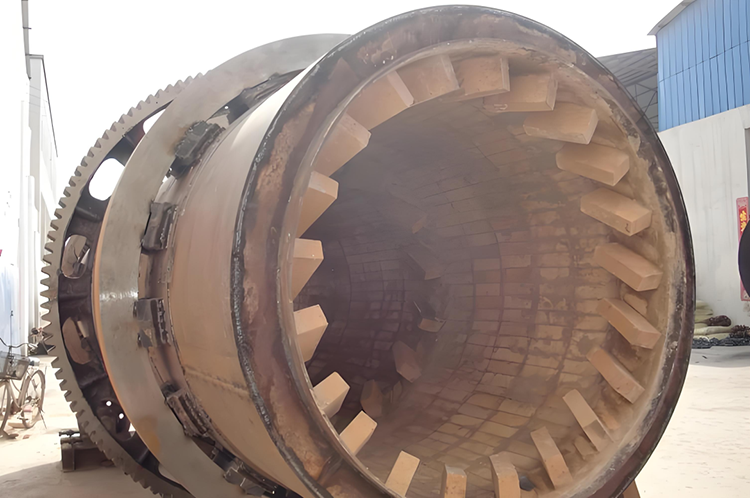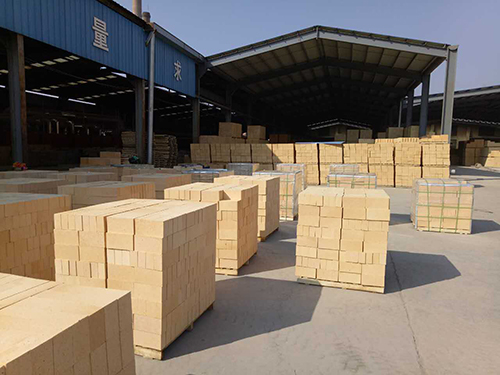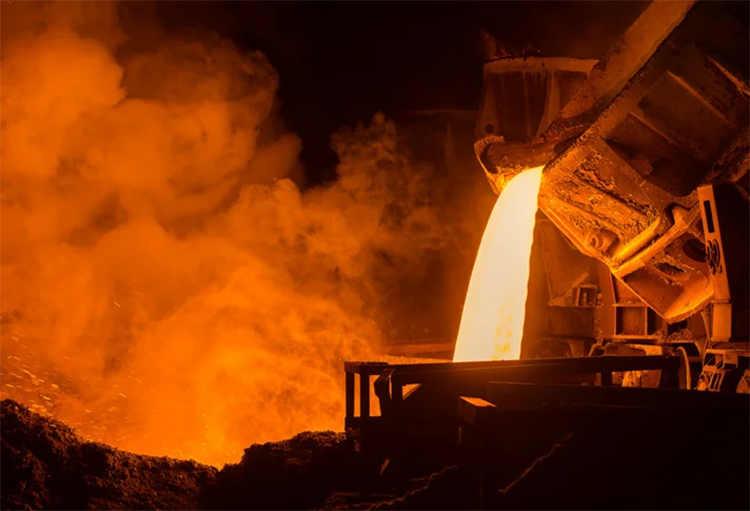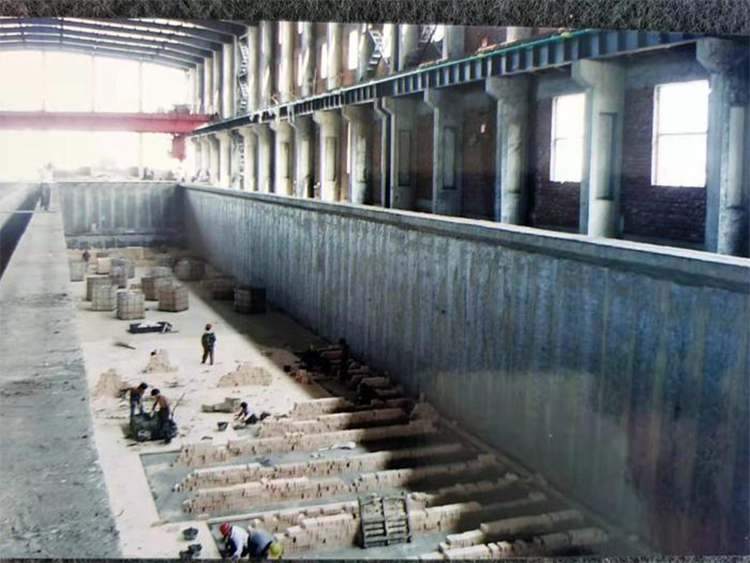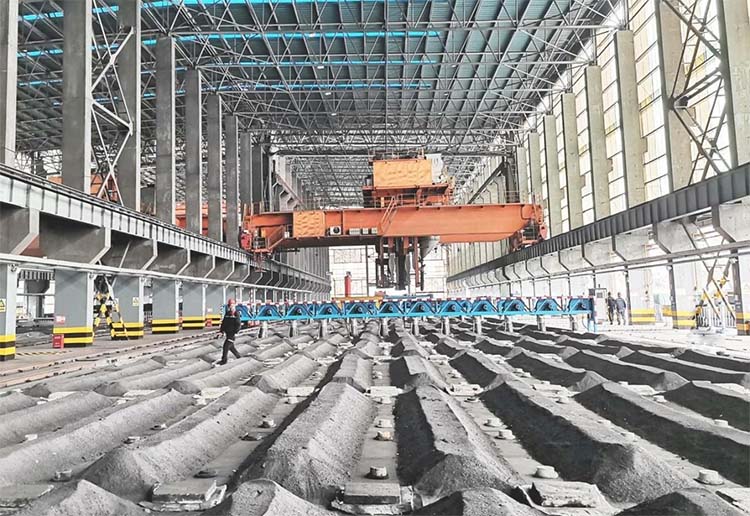Selection of Refractory Materials For Different Types of Boilers
The primary purpose of using wear-resistant refractory materials as linings in circulating fluidized bed (CFB) boilers is to protect the steel shell of the furnace from erosion and abrasion caused by the combustion materials. The most commonly used linings in boilers are monolithic refractories, including wear-resistant castables, plastic refractories, low-cement castables, corundum castables, steel fiber reinforced castables, and lightweight insulating castables. A typical power generation boiler consists of the combustion chamber, water-cooled walls, superheater, economizer, air preheater, and steam drum.…

